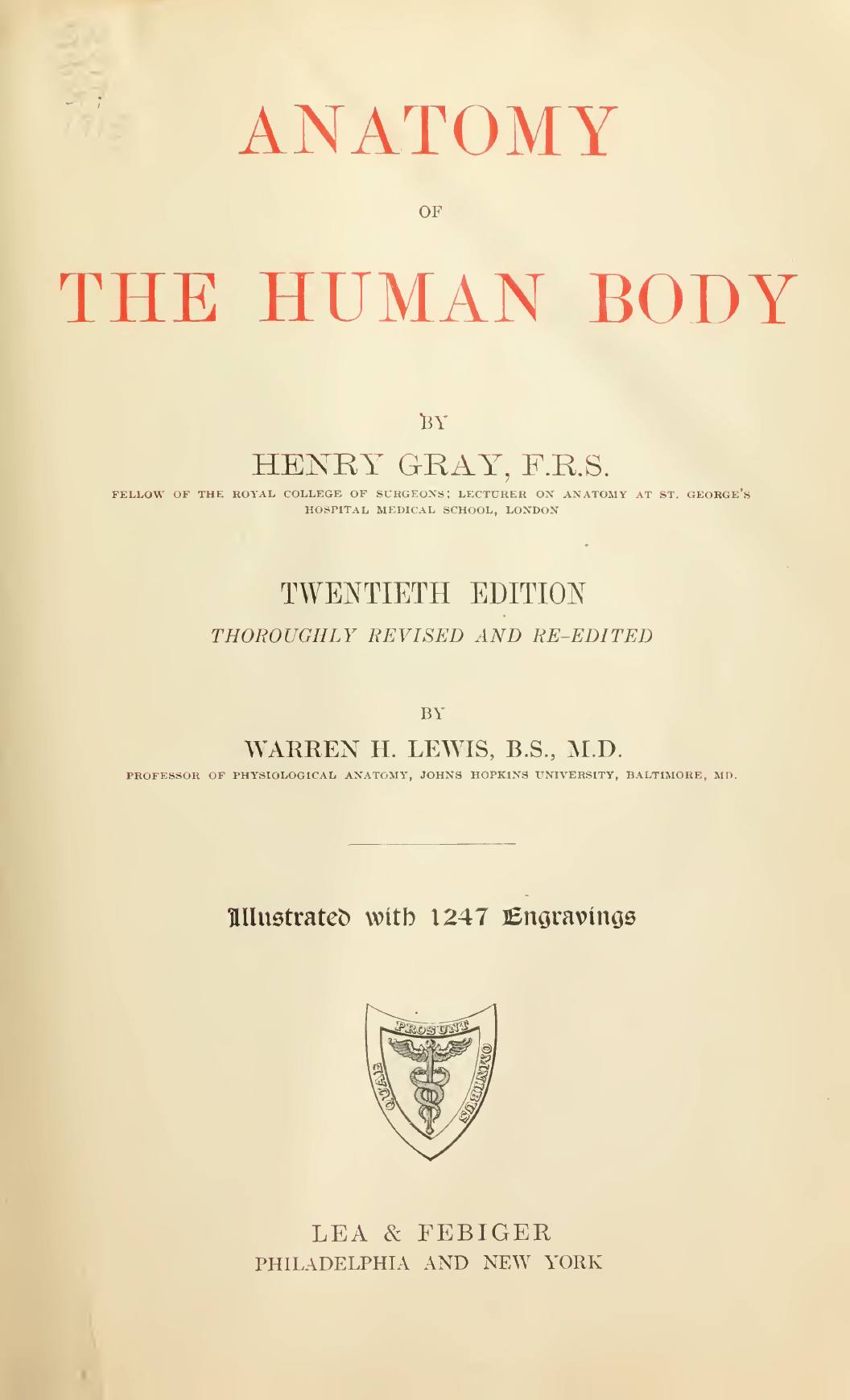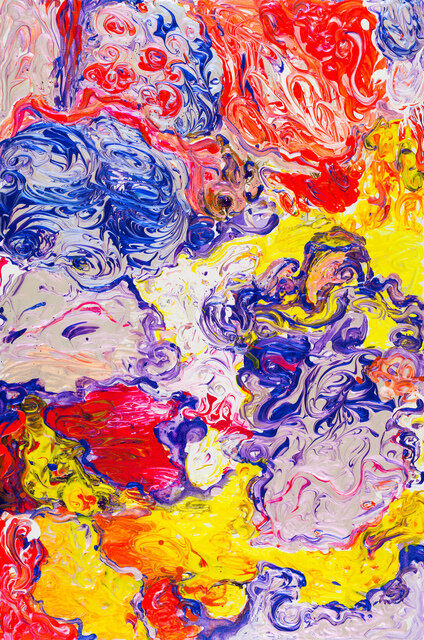Wishlist Wednesdays–I’m just going to go with it–Part Deux!
This week I’m totally obsessed with (ok, it’s been longer than a week) ceramics by Scott Duncan.
Fresco, Pompeii, ca. 70 ACE
Duncan, aka @ol_slamzee on Instagram, is a ceramicist, but again, woah, what an understatement. Are you familiar with the term, trompe l’oeil? Trompe l’oiel is a French term that literally translates to “fool the eye”. You’re actually probably more familiar with it than you think: any kind of optical illusion can fall under the umbrella of this term. Traditionally, it applies to the presence of said optical illusion in an artwork, often, using two-dimensional imagery to express a three-dimensional object. The muralists at Pompeii employed trompe l’oeil to depict believable, seemingly tangible, doorways and windows, bowls of fruit and naked nymphs, all on a flat, 2-D surface.
Duncan is a sculptor who creates both functional objects and objet d’art (another fancy French term meaning “art objects”) out of ordinary clay that he imbues with all of the characteristics of cardboard. When I first happened upon his work, I thought I had found an amusing and surprisingly endearing take on cardboard-as-art-media, which was maybe, a commentary on the Capitalist culture in which we live or the cycle of disposability it requires. I was, and am still, thoroughly astonished by the fact that Duncan’s pieces are completely rendered of clay. The skill with which he is able to impersonate a cardboard box that once transported bananas to the grocery store in clay, replete with little snags and tears, staples and stickers, is extraordinary. The sculptures are mind-boggling in their attention to detail, humor, and personality–how could you not love that little banana dude (Rusty Banana)?!– and I am utterly enchanted. I cannot wait to add a piece to my collection, but for now, I’m content lusting after them and posting the occasional “🔥” in Duncan’s Insta comments. My advice, go do the same, his feed offers a literal treasure chest of truly remarkable work.

























